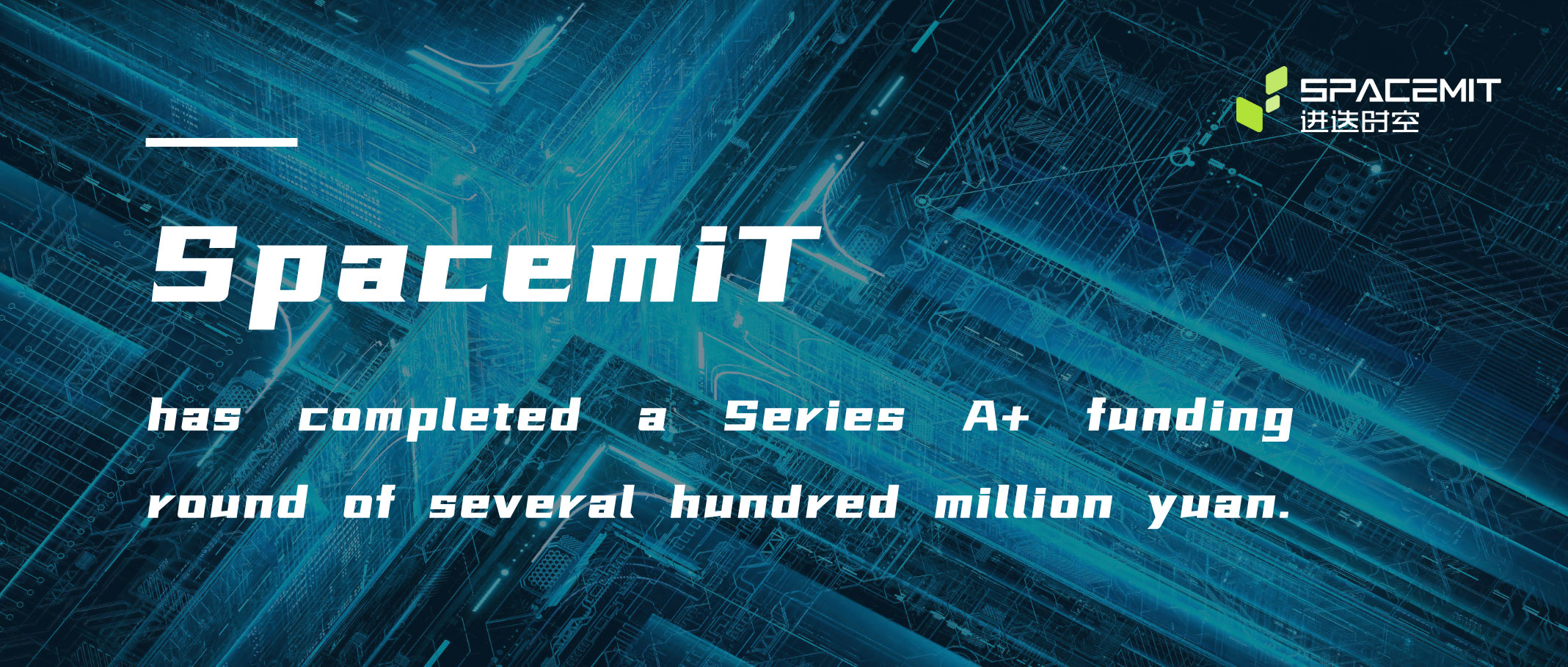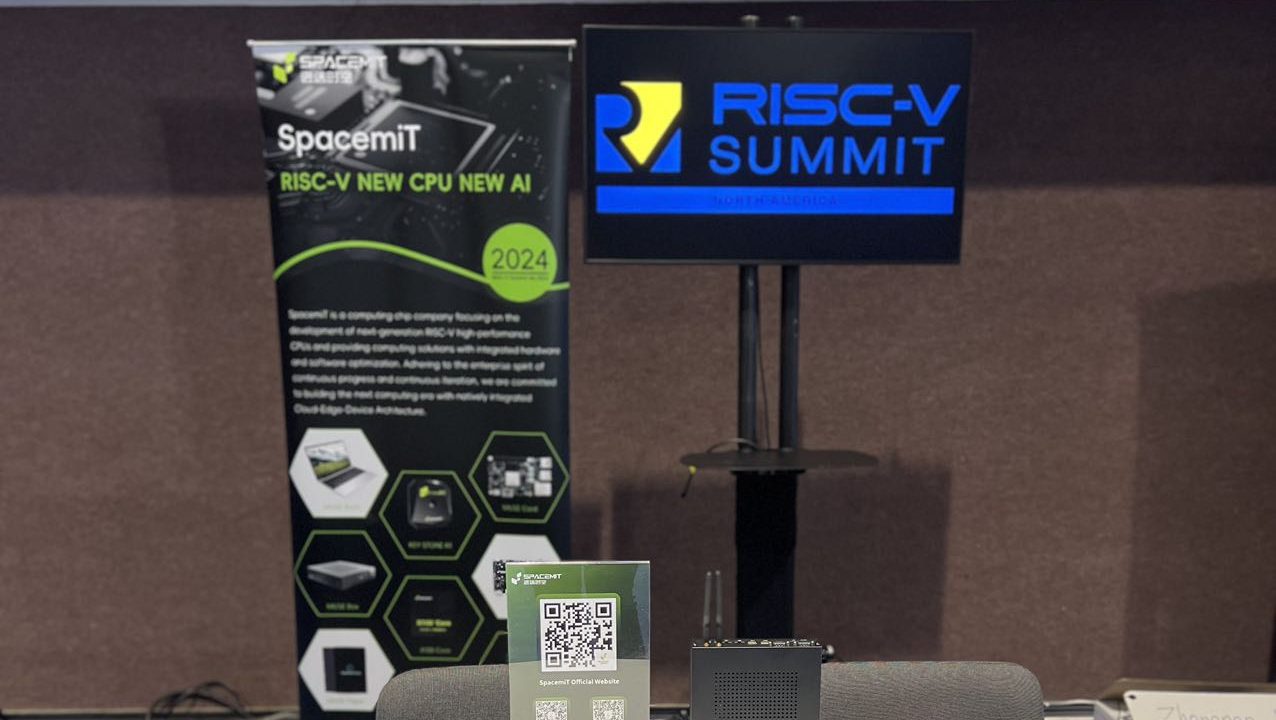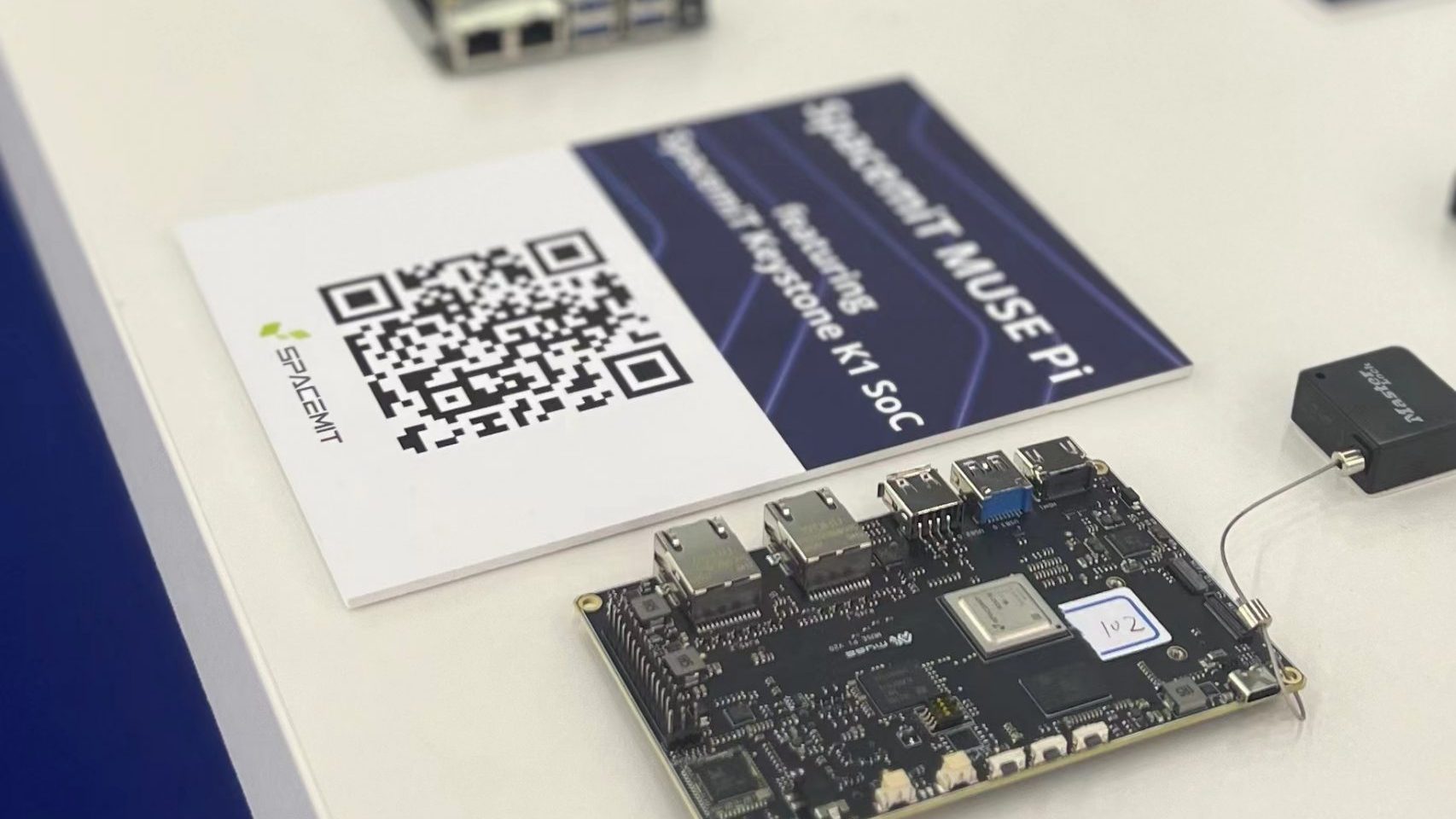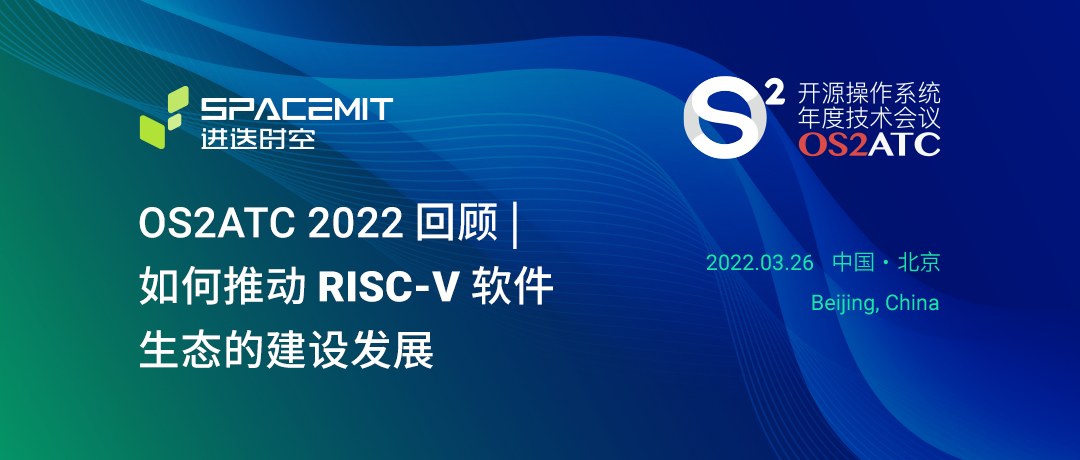 公司新闻
公司新闻
 SpacemiT Secures Hundreds of Millions in A+ Financing to Accelerate RISC-VAICPU Product Iteration
SpacemiT Secures Hundreds of Millions in A+ Financing to Accelerate RISC-VAICPU Product Iteration
SpacemiT recently completed a Series A+ funding round, raising several hundred million yuan. The round was led by the Hong Kong Brizan III Fund and will primarily be used for the research and development of high-performance RISC-V AI CPUs, server AI CPU products, and market expansion. The funding aims to accelerate the iteration of SpacemiT’s […]
 SpacemiT Products Make a Splash at the 2024 RISC-V North America Summit
SpacemiT Products Make a Splash at the 2024 RISC-V North America Summit
The 2024 RISC-V North America Summit was held on October 22-23, 2024, in Santa Clara, California, USA. SpacemiT showcased its industry-first, self-developed 8-core RISC-V terminal AI CPU for mass production, the SpacemiT Key Stone® K1, along with the power management chip SpacemiT Power Stone® P1, as well as ecosystem products including the SpacemiT MUSE Pi […]
 SpacemiT Products Make a Splash at the 2024 RISC-V Europe Summit
SpacemiT Products Make a Splash at the 2024 RISC-V Europe Summit
The 2024 RISC-V Europe Summit was held from June 24-28, 2024, at the MOC Event Center in Munich, Germany. At the event, SpacemiT showcased its self-developed, world-first 8-core RISC-V AI CPU—the SpacemiT Key Stone® K1 terminal chip—along with the SpacemiT Power Stone® P1 power management chip. The company also featured its ecosystem products, including the […]
 Breaking News: Leading 1.5 Generations Ahead, the World’s First 8-Core RISC-V AI CPU Released
Breaking News: Leading 1.5 Generations Ahead, the World’s First 8-Core RISC-V AI CPU Released
Original Link:Leading 1.5 Generations Ahead, the World’s First 8-Core RISC-V AI CPU Released Humanity is about to enter a new era of Robot Computers. This new era is driven by artificial intelligence and large models, where vision, language, and AI become the core modes of interaction, representing a proactive interaction style, which differs greatly from […]
 Mr. Baoqiu Cui, The Former Vice President of Xiaomi, Served As the Chief Technical Advisor of SpacemiT
Mr. Baoqiu Cui, The Former Vice President of Xiaomi, Served As the Chief Technical Advisor of SpacemiT
Recently, China’s leading RISC-V high-performance computing chip company, SpacemiT, is honored to announce that Mr. Baoqiu Cui has been appointed as the company’s Chief Technical Advisor. Mr. Baoqiu Cui will provide comprehensive guidance and suggestions for SpacemiT’s technical strategic planning and operation management. Regarding the invitation of Mr. Baoqiu Cui as the company’s Chief Technical […]
 OS2ATC 2022 Review | How to Promote the Construction and Development of RISC-V Software Ecosystem
OS2ATC 2022 Review | How to Promote the Construction and Development of RISC-V Software Ecosystem
On March 26, the 10th Open Source Operating System Annual Technical Conference (OS2ATC), sponsored by Uniontech and organized by Tsinghua University, Peking University, and Xcalibyte Software, was officially held in Beijing. This conference brings together well-known experts and scholars in domestic operating systems and related fields to discuss the development of hardware, RISC-V architecture, programming technology, AIoT, […]
